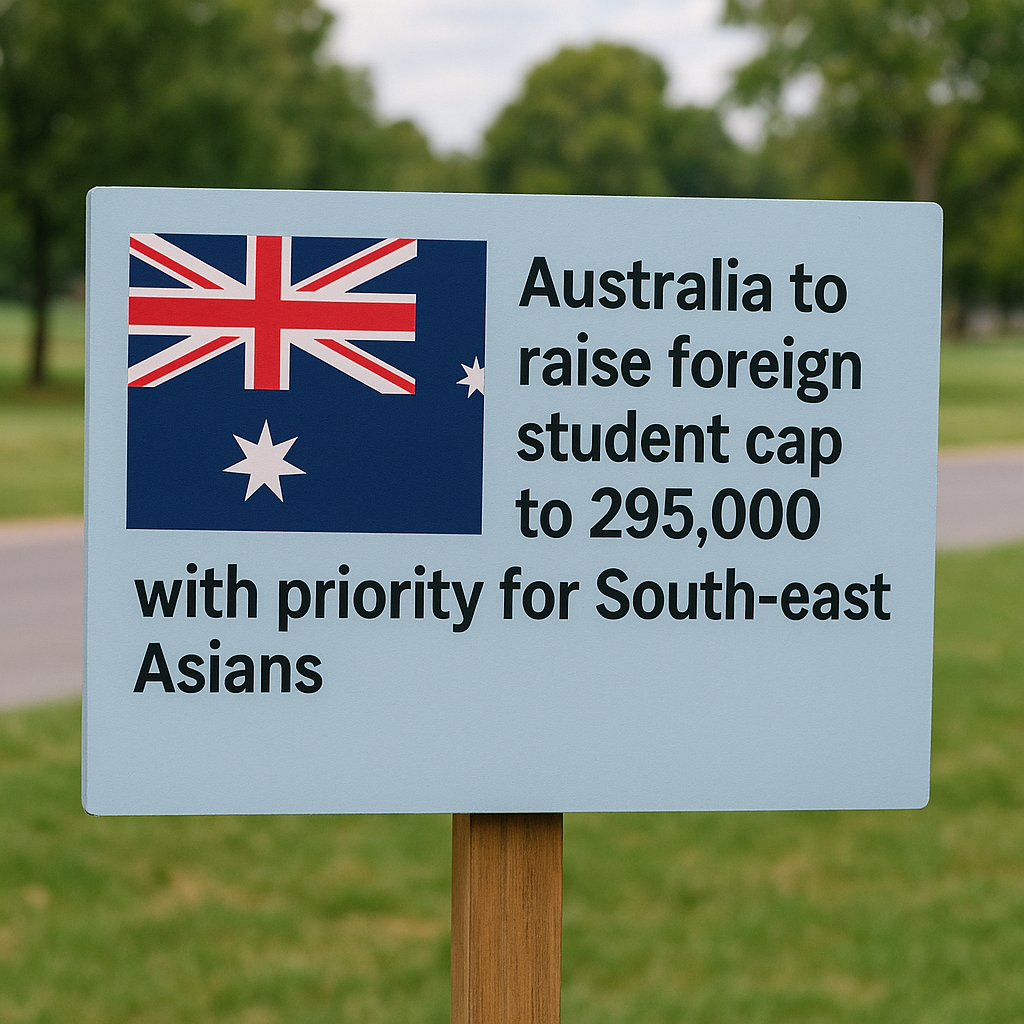In a bold and thoughtful move aimed at balancing opportunity and sustainability, the Australian government has announced it will increase the cap on international student intake to 295,000 in 2026, giving special priority to students from South-east Asia. This marks a 9% increase from the current limit and signals a renewed commitment to deepening regional ties while carefully managing population growth.
The announcement comes after a year of implementing tough but necessary reforms to curb what the government described as “out of control” migration trends. In 2025, the cap had been set at 270,000 as a measure to manage the strain on housing and infrastructure. By gradually increasing numbers in a measured way, the government aims to ensure that the growth in international education genuinely benefits students, institutions, and the nation as a whole.
“This is about making sure international education grows in a way that supports students, universities and the national interest,” said Education Minister Jason Clare. His words reflect a deep understanding of the role education plays not just economically, but socially and diplomatically.
Indeed, international students—most notably from China and India—returned in record numbers after Covid-19, with nearly 600,000 student visas granted in 2023. However, to address overcrowding and housing issues, the government introduced new caps and significantly increased student visa fees in 2024, alongside a crackdown on loopholes that allowed for indefinite extensions.
With those measures now showing positive results, Assistant Minister for International Education Julian Hill stated that the sector is stabilizing:
“The numbers were growing out of control… now we are on a more sustainable footing.”
The new plan will allocate about two-thirds of available spots to universities, and the remaining third to vocational skills training, which reflects Australia’s dual commitment to both academic excellence and practical workforce development. Universities that wish to benefit from higher international student allocations must demonstrate they provide safe and secure housing and actively recruit from South-east Asia, aligning with Australia’s broader regional diplomacy goals.
“It’s about ensuring the best and brightest from our neighbourhood get to take a piece of Australia with them for life,” Hill added, highlighting the importance of soft power and meaningful cultural exchange.
Universities Australia, the leading body representing the sector, welcomed the decision as a “sensible” and strategic move. CEO Luke Sheehy applauded the government for listening to the call for sustainable growth in a sector that contributes over AUD$51 billion to the national economy, making it Australia’s top services export.
As the world reopens post-pandemic, Australia is clearly choosing a path that blends economic prudence with educational vision, ensuring its place as a leading global destination for learning, innovation, and cross-cultural growth.





